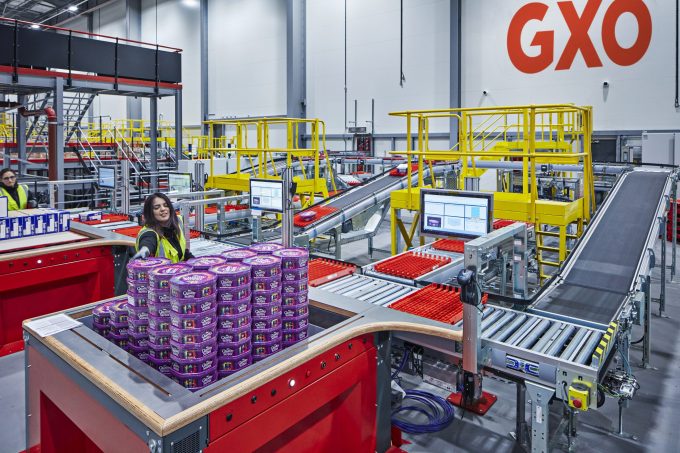GXO Wincanton deal could see supermarkets funded to invest in new 3PL
UK supermarkets could be given funding to invest in a 3PL as part of the ...

An “inevitable inflection point” is approaching for companies to embrace digital transformation, but there are a number of reasons why stakeholders might hold back, according to GXO’s chief automation officer, Adrian Stoch.
“If companies aren’t on a digital transformation programme, there’s an inevitable inflection point that’s going ...


Comment on this article